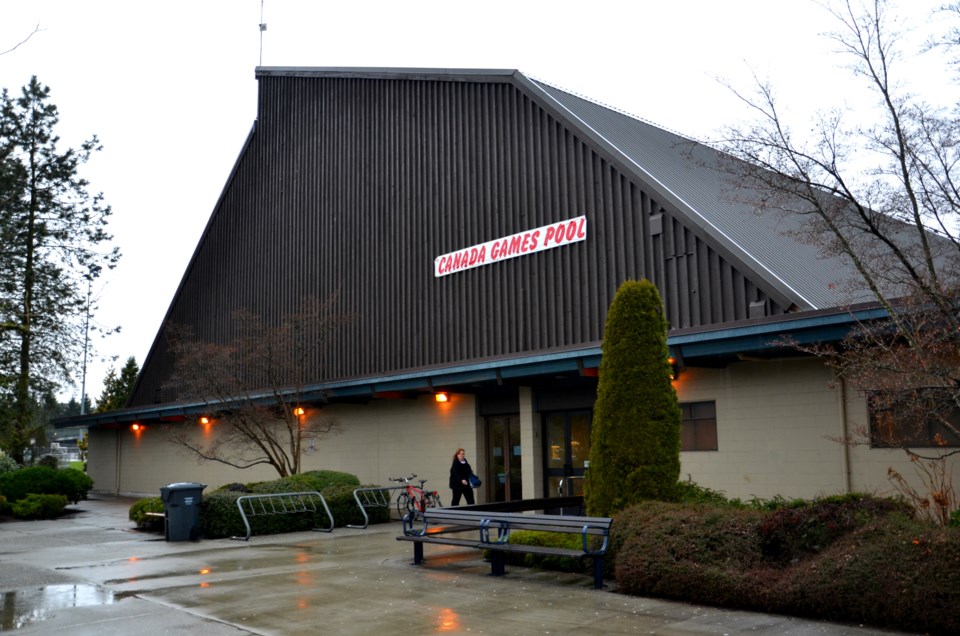The City of New Westminster’s investments in everything from vehicles to buildings to leaf blowers will be considered as part of its plan to address climate change.
In March, council decreed a climate emergency and directed staff to report back on how to implement a number of actions, including setting corporate greenhouse gas reduction targets, considering new actions that would help reduce greenhouse gas emissions and implementing a carbon tax.
The city’s corporate energy and emissions reduction strategy (CEERS) includes three new, or significantly updated, core policy areas: green fleet policy; green buildings policy; and carbon pricing policy. While green building and green fleet policies are designed to move the city towards assets that are net-zero in terms of carbon emissions over time, a staff report said assigning a realistic price on carbon will allow the city to offset its emissions and support business case analyses that prioritize measures that provide the greatest GHG reduction per dollar invested.
According to the staff report, studies have indicated there are a significant number of “quick-win” investments that are considered to be consistent with the key directions in the corporate energy and emissions strategy, so it’s proposed that $650,000 be allocated in capital budgets, starting in 2020, toward these priority investments.
Mark Allison, the city’s manager of strategic initiatives and sustainability, said the $650,000 would be put toward projects in the city that provide the greatest return on greenhouse gas reduction per dollar invested.
“Every year we allocate $650,000 which would be the equivalent of basically offsetting our corporate emissions,” he said. “Whether it is, a building or a car, whichever investment gives us the best return, accounting that price on carbon, is what we would invest in.”
Coun. Patrick Johnstone questioned why new funding is required and why this wouldn’t be built into the city’s existing purchasing policies.
“Unfortunately, some of the options that are lower carbon cost more money than the conventional options,” Allison said.
On Monday, city council endorsed the proposed key directions for the corporate and energy and emissions strategy outlined in a staff report, but opted to consider the $650,000 allocation for corporate greenhouse gas reduction actions as part of the 2020 budget discussions.
“I think it does a really good job of aggressively responding to council’s strategic priority of addressing climate change here locally, with the climate emergency,” Mayor Jonathan Cote said of the plan. “It really talks about some of our internal processes and how we can be making sure we are doing the right investments.”
While he’s “quite confident” council will be very supportive of these measures that need to be taken, Cote said he’s hesitant to preapprove $650,000 as part of the 2020 budget process that isn’t starting until the fall. He said he’d prefer that be considered as part of a more holistic budget discussion.
The city’s energy management committee identified a set of fleet-related actions for the corporate energy and emissions reduction strategy. The updated green fleet policy, which aims to move the city toward a zero carbon fleet, includes a number of directions such as: ensuring the city has the right number and size of vehicles needed to accomplish city work; switching vehicles from fossil fuels to low- or zero-carbon vehicles as soon as they become economically viable; and studying how the city can ensure its able to meet the growing need for charging infrastructure for electric vehicles.
On the building front, the energy management committee endorsed recommendations regarding green building guidelines for all new buildings and major building renovations to buildings having a floor space greater than 500 square metres. Although these guidelines haven’t been formally endorsed by council, staff has been applying these guidelines to the New Westminster Aquatic and Community Centre and Queen’s Park Sportsplex projects that are currently being planned.
“The city has also prepared a business case for a comprehensive list of over 100 potential building energy efficiency investments in existing city facilities, identifying the simple payback period for these investments based on projected energy savings, GHG reductions per dollar invested and the effect on the business cases with an internal price on carbon applied,” said a staff report. “A consultant is being engaged to validate and prioritize the measures for consideration in future capital budgets.”



